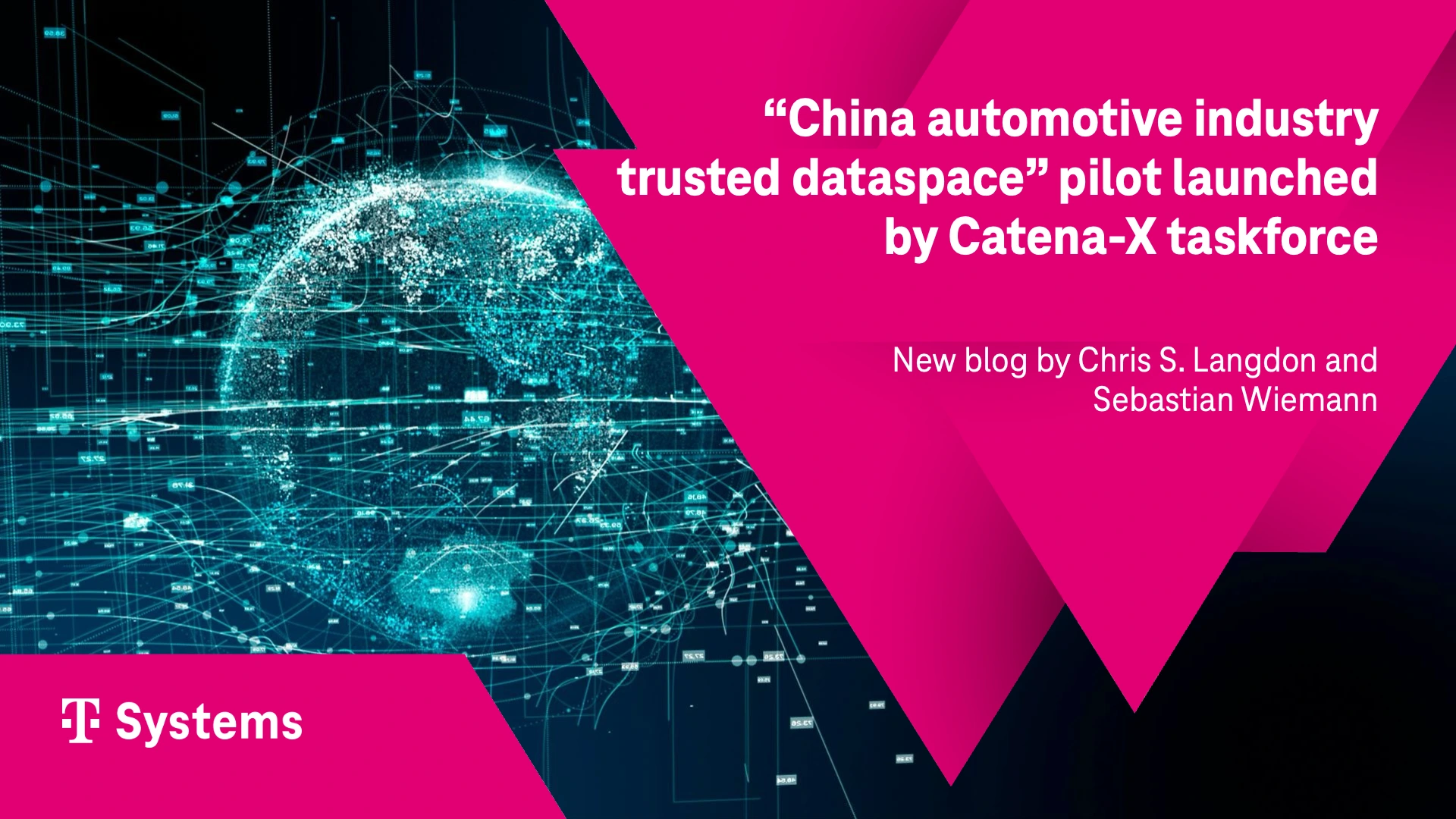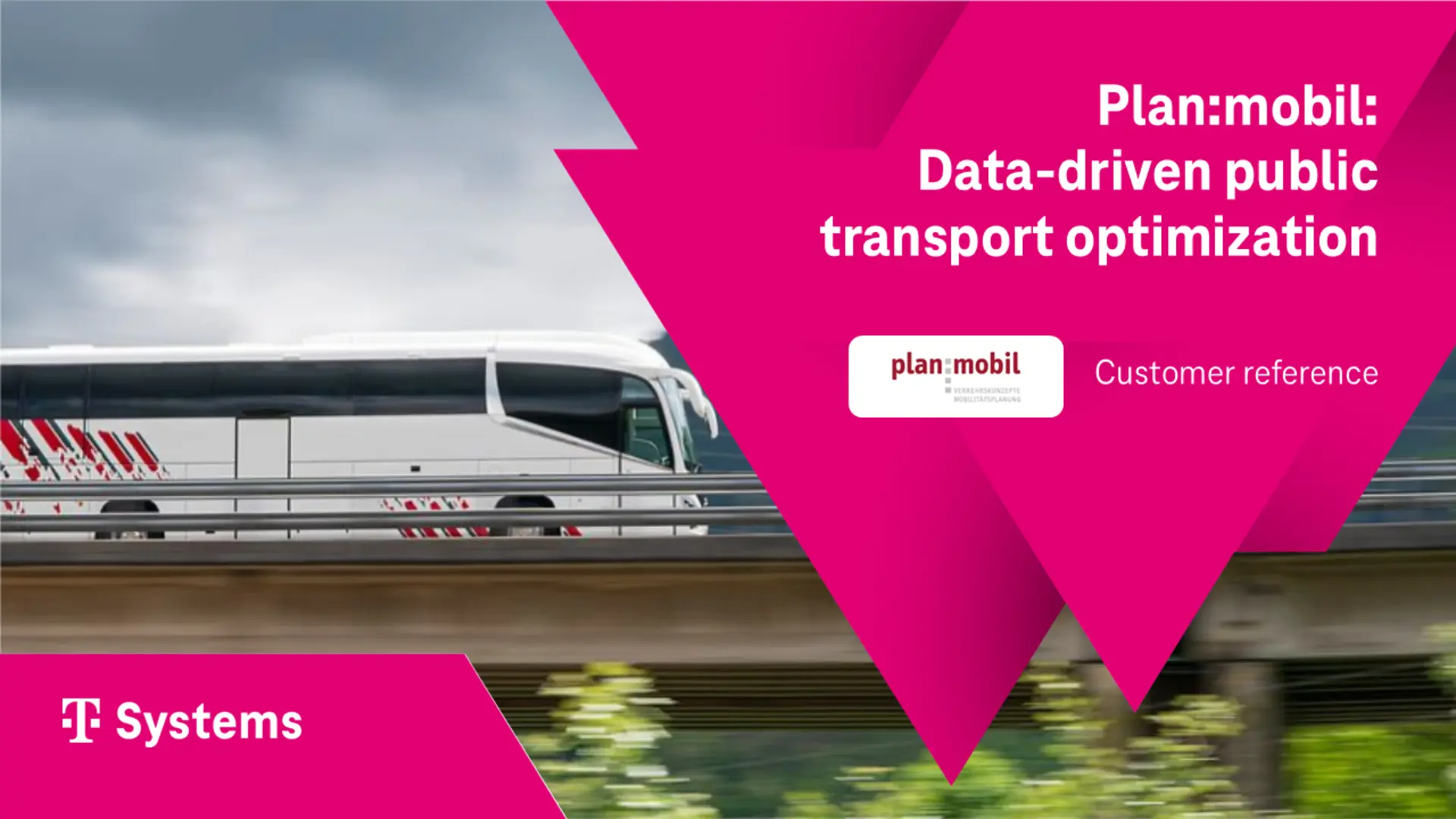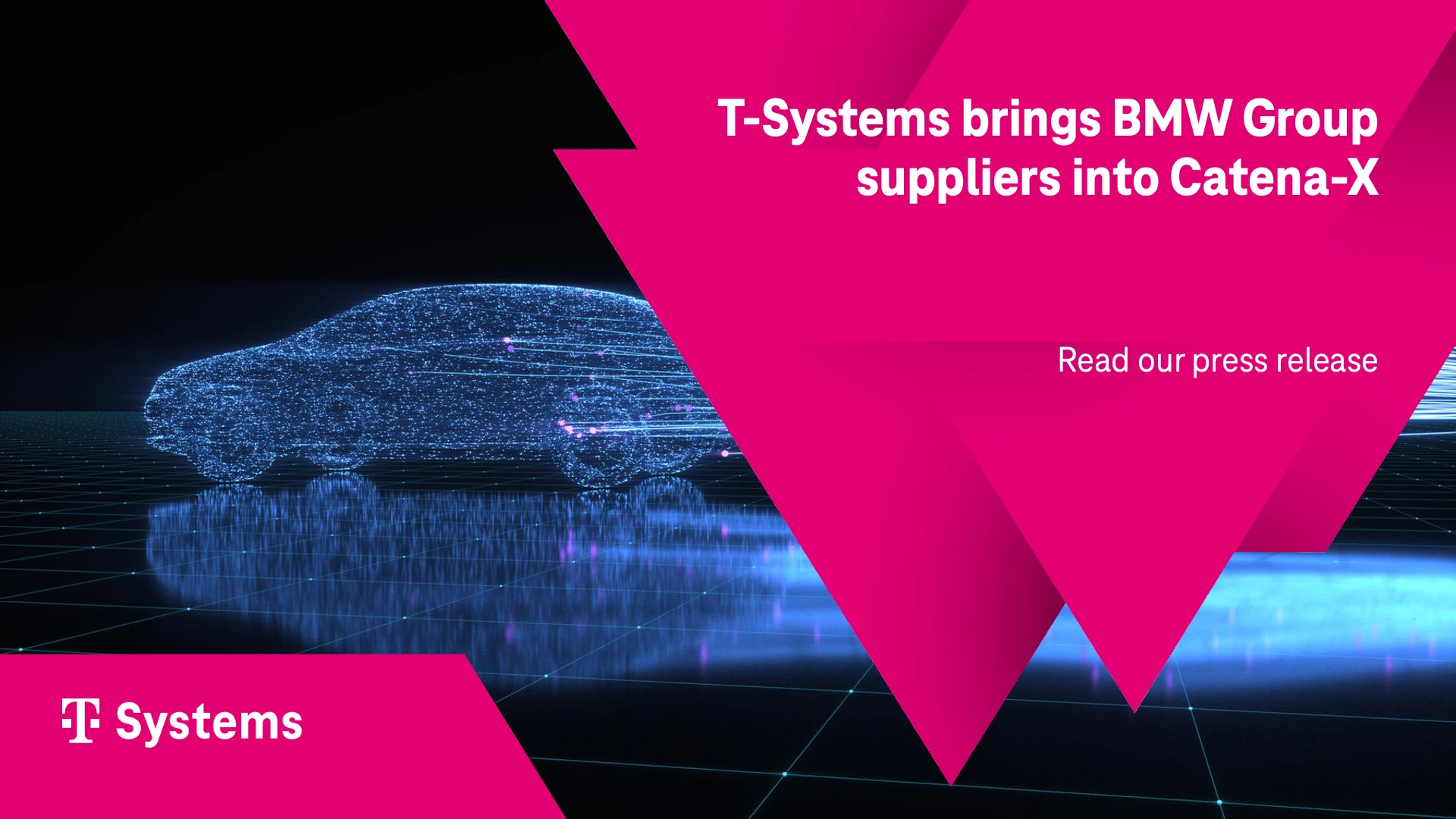This is a sequel to our story on the “The service shift” (link). Meta research indicates a pronounced shift of revenue away from the traditional business of making and selling vehicles or hardware to revenue from selling mobility services. The shift is predicted to be big in scale, epic in scope and rapid in speed. So, what does it mean for incumbents (worried about careers, salaries), investors (returns) and policymakers (employment)? This article abstracts further to understand the source of power in this service shift. In today’s auto business the vehicle itself is the source of power that lets automakers or original equipment manufacturers, short OEMs, wield control over design, features, technology, timelines, employment, careers and profitability.
The auto-less auto company
The key conduit of change is China’s regulated switch from internal combustion engine (ICE) powered automobiles to new energy vehicles (NEV, unit sales target of 25% by 2025 according to China’s Ministry of Industry and Information Technology, MIIT). China has become the world’s biggest auto market, and NEV regulation has triggered a shift of new products away from ICE powertrains to battery electric vehicles (BEV). An avalanche of BEVs is in the pipeline: “The number of electric vehicle models available to European buyers will jump from fewer than 100 to 175 by the end of 2020, according to data firm IHS Markit. By 2025 there will be more than 330” (Jolly 2019, also Riley 2019).
The problem for traditional automakers is not that factories and supply chains have to be retooled, or that it takes software developers instead of mechanical engineers. The problem is that the vehicle itself will no longer be the source of power in the industry: no matter if it is connected, autonomized, shared and electrified … or if it comes in Bianco–eldorado-white or truffle-mica-gray… or with predicted music or personalized micro-climate zones. The vehicle will no longer be a source of power. Why? For one: If newcomers such as Chinese automakers are gearing up to build electric vehicles faster than foreigners, and if a startup, such as Tesla, can outsell entrenched luxury leaders like Mercedes-Benz, BMW and Audi (Neil 2018), vehicles can no longer be a barrier to entry and consequently, power is slipping away from them. To reinforce this point: The 2020 CES in Las Vegas saw Sony, a consumer electronics company, present an electric car, and Tier 1 suppliers, like Bosch & Benteler, demonstrate an EV-chassis or “EV-skateboard” offered as a white-label platform for others to put a car on it.
For another: “Apps & Alexa” – or new mobile and voice-operated user interfaces – shift buying habits away from traditional auto-centric marketing & sales to more direct ways of interacting with consumers (Crosby & S. Langdon 2017). These consumer channels are already occupied, even dominated by powerful and cash-rich social media companies like Google (see our course MGT 378 Social Media Analytics, link). Ultimately, history may not repeat itself exactly, but the auto future may follow the path of computing, where power shifted from hardware into the cloud – well foretold in the seminal analysis of “The Computerless Computer Company,” a winner of the annual McKinsey Award for best Harvard Business Review article (Rappaport & Halevi 1991).
Figure: Auto revenue shift to services and data power
From hardware to data
Power – and consequently profit – is shifting from the vehicle to data. Stock evaluations already reflect a consensus among investors that data beats auto hardware (see figure). It sounds provocative – particularly and understandably to auto people – but it’s neither magic nor a surprise. It has happened before and, in many areas, not just computing. We have seen it before in numerous content businesses ranging from newspapers to music (Schlueter Langdon & Shaw 2002, 1997). Newspapers felt well protected behind printing presses and last-mile delivery only to be outflanked by data. While paper-based publishers went from top to bottom, data hogs like Google and Facebook arose to dominate advertising. Key to this dominance was not excellence in writing, expertise in story-telling and editorial competence; instead, it was access to user data (with apps, opt-in defaults), knowledge to collect the right data (types, scales, behavioural variables), and the competence to do the right things with it, such as using analytics for descriptive (trend spotting), diagnostics (segmentation) and prescriptive purposes (personalized recommendations).
Some in automotive did move ahead years ago with the launch of new mobility services. Daimler’s Car2Go pioneered carsharing a decade ago. These services run on data. From marketing (who are my customers, students or tourists?), sales (charge by ride or duration or distance or offer a subscription?), and operations (where to place vehicles, add hubs and chargers?) to maintenance (how to increase vehicle uptime?) – is in the data (for an exemplary decision dashboard, see link). True to its auto roots Daimler launched with its own fleet of vehicles, its iconic Smart car, and initially, it’s Smart cars couldn’t talk to a customer’s smartphone. The next generation of new mobility pioneers, like Uber and Lyft, skipped the hardware and launched with data platforms only.
Understanding data
Most of us have attended a statistics course in school, but few would volunteer to explain a t-test to others. With data, it is just the opposite: Anybody seems to have an opinion, yet few have had formal training or a class about it. Turns out: Data is a complicated subject. Even the basics have remained fuzzy. For example, how to size it? There is excitement with data monetization, yet how would anybody order data? A kg or pound (lb.) of data, please? Currently, there are several competing metrics to size data (see “Data: How to measure it?” link). Many will argue that quality is more important than quantity; yet, here too, no clear metric has emerged (see “Data: Quantity or quality?” link). From one side, this lack of measurements is a hurdle; from another side creating them – setting a standard – could be a source of competitive advantage. In engineering, German industry clearly benefited from its early DIN (Deutsches Institut für Normung) standards to close quality gaps with British and U.S. competitors and establish itself as a leading competitor (Yates & Murphy 2019).
This article is based on a longer piece from Langdon at Drucker Customer Lab: link
References
MIIT. 2017. Parallel Management regulation for corporate average fuel consumption and new energy vehicle credits for passenger cars, link
Neil, D. 2018. Think Electric Vehicles Are Great Now? Just Wait… The Wall Street Journal (2018-12-26) Rappaport, A. S., and S. Halevi. 1991. The Computerless Computer Company. Harvard Business Review (July-August), link
Jolly, J. 2019. 2020 set to be year of the electric car, say industry analysts. The Guardian (December 25th), link
Riley, C. 2019. The Future of Autos: The great electric car race is just beginning, By Charles Riley, CNN Business (August), link
Schlueter Langdon, C., and M.J. Shaw. 2002. Emergent Patterns of Integration in Electronic Channel Systems. Communications of the ACM, 45(12): 50-55
Schlueter Langdon, C., and M.J. Shaw. 1997. A Strategic Framework for Developing Electronic Commerce. IEEE Internet Computing, 1(6): 20-28
Yates, J.A., and C.N. Murphy. 2019. Engineering Rules: Global Standard Setting Since 1880. John Hopkins University Press: Baltimore, Maryland























